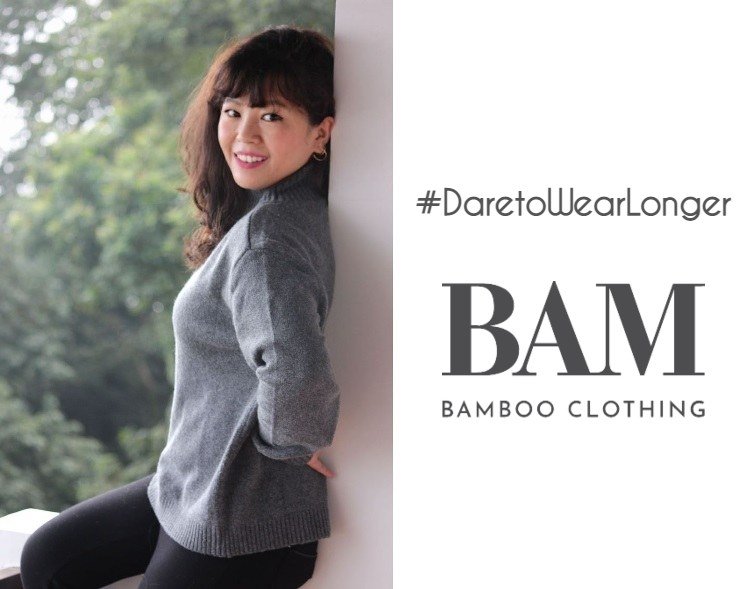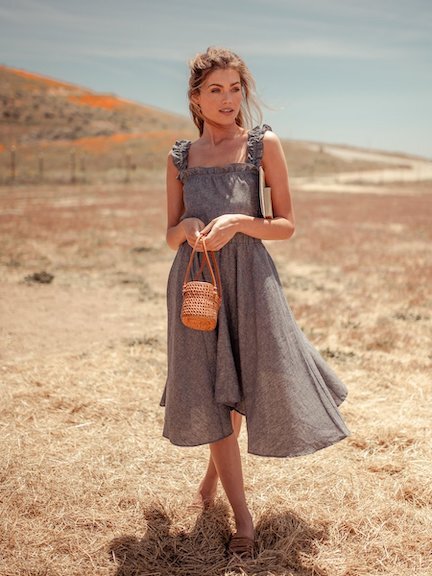Excellent Reasons On Choosing Hemp Clothing
Wiki Article
What Are The Advantages Of Hemp Clothing Made From Low-Impact Fibres? Clothing With Regard To The Sustainability Of The
The hemp clothing made from low-impact is much more eco-friendly than clothes made from synthetic fibers. Hemp clothing is eco-friendly. It is very fast growing and requires less water and pesticides. Hemp can adapt to different kinds of soils and climates which means that it reduces the need for chemical pesticides in agriculture.
Hemp needs less water overall than cotton, a crop known for its heavy consumption. Hemp is a water-efficient option to make clothing.
Hemp can often be cultivated without synthetic pesticides, herbicides, or other chemicals. This reduces the ecological impact of chemical agriculture.
Hemp helps improve soil health thanks to its roots that are deep which stop compaction and erosion. It also keeps the soil in better condition for future cropping.
Biodegradability Hemp fibers can be biodegradable and break down in a natural manner over time, reducing the environmental impact of textile waste. Contrast this with synthetic fibers like polyester require hundreds of years to break down.
Lower Carbon Footprint. The production of hemp fibres is usually less carbon-intensive than the production of synthetic materials. In addition, as it develops hemp absorbs carbon dioxide from the air, acting as carbon sink.
Durability- Hemp clothing is known for its strength and durability. The best hemp clothing will last for a long time. This means you won't have to replace them as often and reduce the amount of waste.
Hemp plants possess natural pest resistance, which reduces the need for chemicals for pest control.
Hemp is versatile, as it can be used in a myriad of textiles, such as bags, clothes and accessories. It's a sustainable and fashionable fabric.
Regenerative agriculture: Some sustainable farming techniques incorporate hemp into regenerative agricultural systems that aim to restore and enhancing ecosystems, while also producing plants. This method could have positive impacts on the natural environment.
The overall sustainability of clothing is dependent on a variety of factors, including the dyeing process and transportation, as well as customer behaviour. In addition, as in any other sector manufacturing standards and practices are subject to change. To ensure that you're getting the maximum environmentally friendly benefit, choose sustainable or organic hemp clothing. See the top rated hemp clothing blog for blog examples including organic hemp fabric, dash hemp clothing, hemp work pants, hemp shirts mens, patagonia ranch jacket, hemp tee shirts, hemp sweatpants, hemp button down shirt, jungmaven sweatshirt, hemp apparel fabric and more.
What Makes Hemp Fibers Breathable And Moisture-Wicking?
Hemp fibers possess unique chemical and structural characteristics that make them breathable, moisture-wicking, and thermoregulatory. These properties are due to the following aspects. Microstructure- Hemp fibres have a hollow, porous structure which lets air circulate through the fibers. The natural porosity makes hemp textiles extremely comfortable to breathe. When they are knitted, or weaved together, this pattern lets air flow. It promotes ventilation by preventing heat and moisture from accumulating on the skin.
Hemp Fibers absorb moisture and Wicking- Hemp fibers are hydrophilic. This means that they are affixed to water. They also absorb moisture quickly. If you are wearing hemp clothing the fibers absorb sweat and moisture from your skin, thus reducing the feeling of being wet. The hemp fibers can also help in removing water from your body, permitting it to evaporate faster. During physical activities and in extreme temperatures, this capability to wick away moisture ensures you stay dry and comfortable.
Thermoregulation Hemp fibers have natural insulation properties. They are able to trap heat close to the body when it's cold, providing warmth. In summer, they let the excess heat and moisture go away to help to cool down. The thermoregulatory capacity inherent to hemp is ideal for clothing worn in a variety of temperature and conditions.
Hemp fibers have natural antimicrobial properties that prevent the growth of bacteria that cause odor. This feature helps keep hemp clothing clean and free of odors, even after periods of intense physical activity.
Hemp clothing is tough and lasts for a long time. It is able to be washed and worn repeatedly without loosing its breathability or the ability to remove moisture. The durability of hemp clothing increases its lifespan, which reduces the requirement to replace it and reducing the negative impact on the environment.
UV Protection- Hemp fibers provide a degree of natural UV protection, protecting the skin from harmful ultraviolet radiation. The UV blocker adds hemp clothing's versatility and makes it suitable for outdoor activities.
It is important to remember that these properties are inherent to hemp fibers and are not dependent on chemical treatments or additives. The natural properties of hemp make it an eco-friendly and comfortable choice for clothing, especially for activewear, outdoor wear, and warm-weather clothing. Furthermore, these characteristics remain even after hemp fibers are processed and weaved into fabric which makes them highly desirable for environmentally friendly and functional clothes. Check out the recommended https://www.koraoutdoor.com/collections/hemp for site examples including hemp pants womens, hemp and cotton fabric, hemp apparel fabric, hemp shirts wholesale, hemp jacket, hoodlamb jacket, patagonia iron forge jacket, hemp coat, hemp golf shirts, women's all seasons hemp canvas bomber hoody jacket and more.

What is the difference in hemp and bamboo fibers?
Bamboo and hemp are two distinct plant-based fibers used in textile manufacturing each with their own unique characteristics and properties. These are the main differences in hemp and bamboo fibers. Plant Source-
Hemp- Hemp is derived from the hemp stalks. Specifically, the outer basts. Hemp is an adaptable and fast-growing crop that has been used in various ways for centuries.
Bamboo- Bamboo fibers are obtained from the pulp from the bamboo plant. Bamboo is a fast-growing species grass, renowned for its the speed of renewal and longevity.
2. Fiber Characteristics
Hemp- Hemp fibers are well-known for their durability and strength. They are strong natural fibers that become softer and softer after washing, making them perfect for the production of durable textiles.
Bamboo It is a soft, silky fiber. They are softer and less sturdy than hemp, but are loved for their softness and comfort.
3. Texture The texture, feel and look
Hemp Fabric- Hemp is a fabric that has a texture and more coarse feel in its original state. It can be very comfy, however it's distinct from bamboo.
Bamboo is silky smooth and soft. It is frequently described by its wearers as a mixture of cotton and silk.
4. The ability to breathe and the moisture-wicking properties-
Hemp- Hemp fibres are naturally breathable, moisture-wicking and allow air circulation. They absorb moisture and permit air circulation. They keep you cool and drier in hot temperatures.
Bamboo fibers also have the ability to remove humidity and are highly air-tight. They're stocked with micro-gaps that enhance their capacity to regulate temperatures and humidity.
5. Environmental Impact-
Hemp Hemp has been deemed an eco friendly fiber, because of its fast expansion, low water consumption as well as its resistance to insect bites which means that it is less necessary to apply pesticides. Hemp can absorb CO2 from the air as it expands.
Bamboo is renowned for being eco-friendly. It is very durable, grows rapidly and requires only a tiny amount of water. Some bamboo varieties, like Moso bamboo, are very sustainable.
6. Processing-
Hemp Fibers Hemp fibers are subject to extensive processing, which will be required to separate the bast that is outside from the wooden core. Processing may include retting or decortication, in addition to mechanical separation.
Bamboo- Bamboo Fibers are made through a chemcial process referred to as the viscose/rayon process. Bamboo pulp is degraded using chemicals. This process can be harmful for the environment if not managed in a responsible manner. However, some bamboo textiles employ closed-loop systems that reduce chemical waste.
7. Versatility-
Hemp- Hemp is versatile and has many uses, including clothing, building materials and textiles, and more.
Bamboo The bamboo fibres are used predominantly in clothing and textiles however they can be found in other items such as towels and bedding.
Both hemp and bamboo have distinctive properties that provide the benefits of sustainability. Your choice depends on your personal preferences regarding the environment, and also what you're looking for in terms of specific properties and characteristics. Have a look at the top rated bamboo clothes for more recommendations including bamboo ave shorts, bamboo baby pajamas, bamboo clothing wholesale, bamboo fibre clothing, cheapest bamboo pajamas, bamboo ladies pants, bamboo infant clothing, bamboo jeans brand, bamboo fibre clothing, bamboo pants and more.

